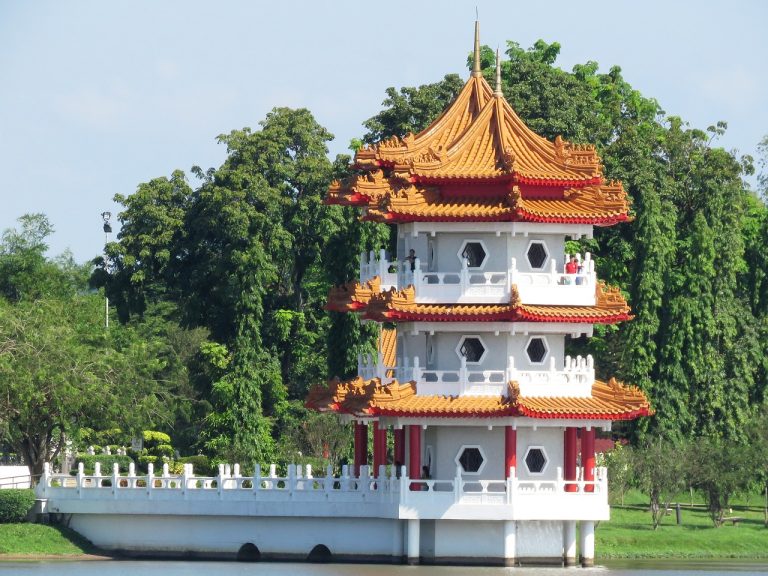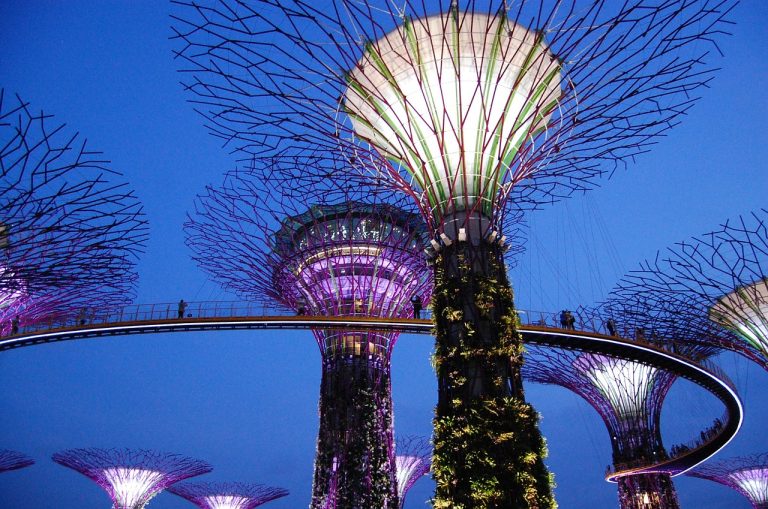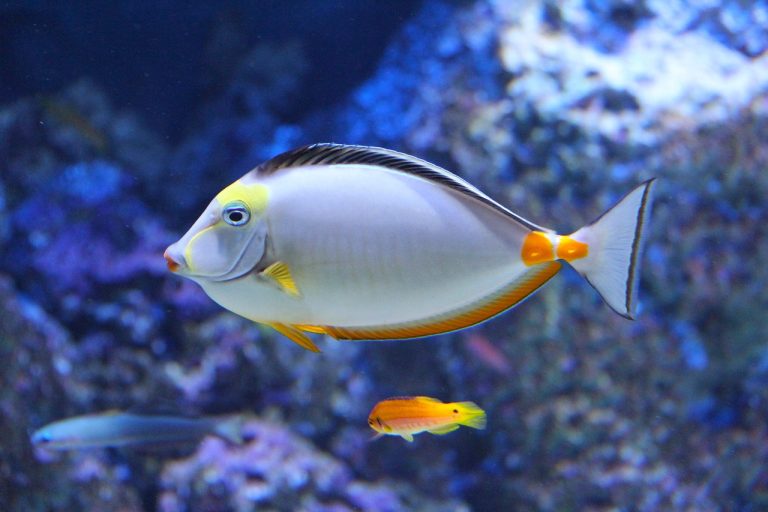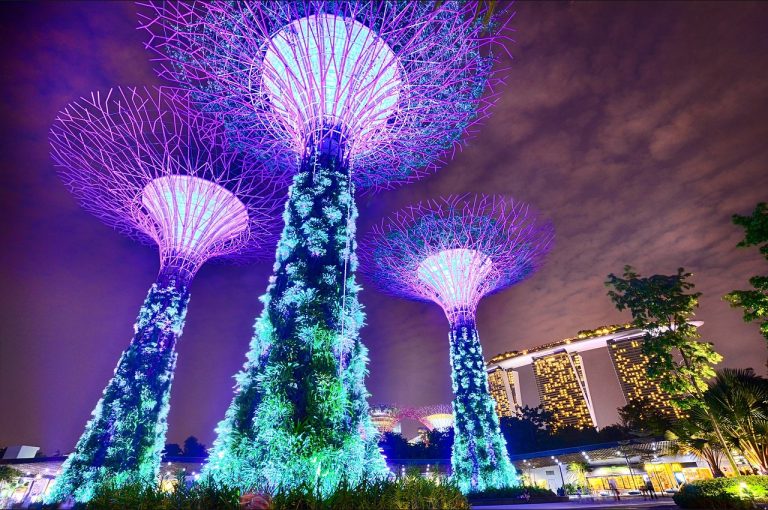Singapore Video
The Cultural Evolution of Singapore
Singapore, officially known as the Republic of Singapore, is a vibrant city-state located in Southeast Asia. Over the years, Singapore has undergone significant cultural evolution, blending diverse influences from its Malay, Chinese, Indian, and Western heritage. This article explores the rich cultural history of Singapore and how it has shaped the city-state into the modern metropolis it is today.
Singapore’s Early History
- Singapore was originally inhabited by indigenous Malays, who were engaged in fishing and trading activities.
- The arrival of Chinese immigrants in the 19th century brought a new wave of cultural influence, as they established businesses and contributed to Singapore’s economic growth.
- Indian immigrants also played a significant role in shaping Singapore’s cultural landscape, bringing with them their traditions, religions, and cuisine.
- The British colonization of Singapore in the 19th century further added to the cultural diversity, as Western influences began to permeate through various aspects of Singaporean society.
Singapore’s Multicultural Society
- Singapore is known for its multicultural society, where different ethnic groups coexist harmoniously.
- The government actively promotes racial harmony and multiculturalism through policies that ensure equal opportunities for all citizens, regardless of their ethnic background.
- Each ethnic group has its own cultural enclaves, such as Chinatown, Little India, and Kampong Glam, where visitors can immerse themselves in the unique traditions and cuisines of each community.
- The annual Singapore Heritage Festival celebrates the multiculturalism of the city-state, showcasing various cultural performances, exhibitions, and food.
The Influence of Religion
- Religion plays a significant role in Singaporean society, with Buddhism, Islam, Christianity, Hinduism, and Taoism being the major religions practiced.
- Buddhist temples, mosques, churches, and Hindu temples can be found throughout the city, serving as important religious and cultural landmarks.
- Religious festivals, such as Chinese New Year, Hari Raya Puasa, Deepavali, and Christmas, are celebrated with great enthusiasm, reflecting the religious diversity of the population.
- These festivals are not only religious events but also opportunities for Singaporeans to come together, exchange greetings, and appreciate each other’s cultures.
Arts and Culture
- Singapore has a thriving arts and cultural scene, with numerous museums, galleries, and theaters showcasing both local and international talent.
- The National Museum of Singapore, Singapore Art Museum, and Esplanade – Theatres on the Bay are just a few examples of the city-state’s commitment to promoting arts and culture.
- The annual Singapore International Film Festival attracts filmmakers from around the world, showcasing a diverse range of films.
- Local artists and performers also have platforms to showcase their work, with events like the Singapore Writers Festival and Singapore Biennale.
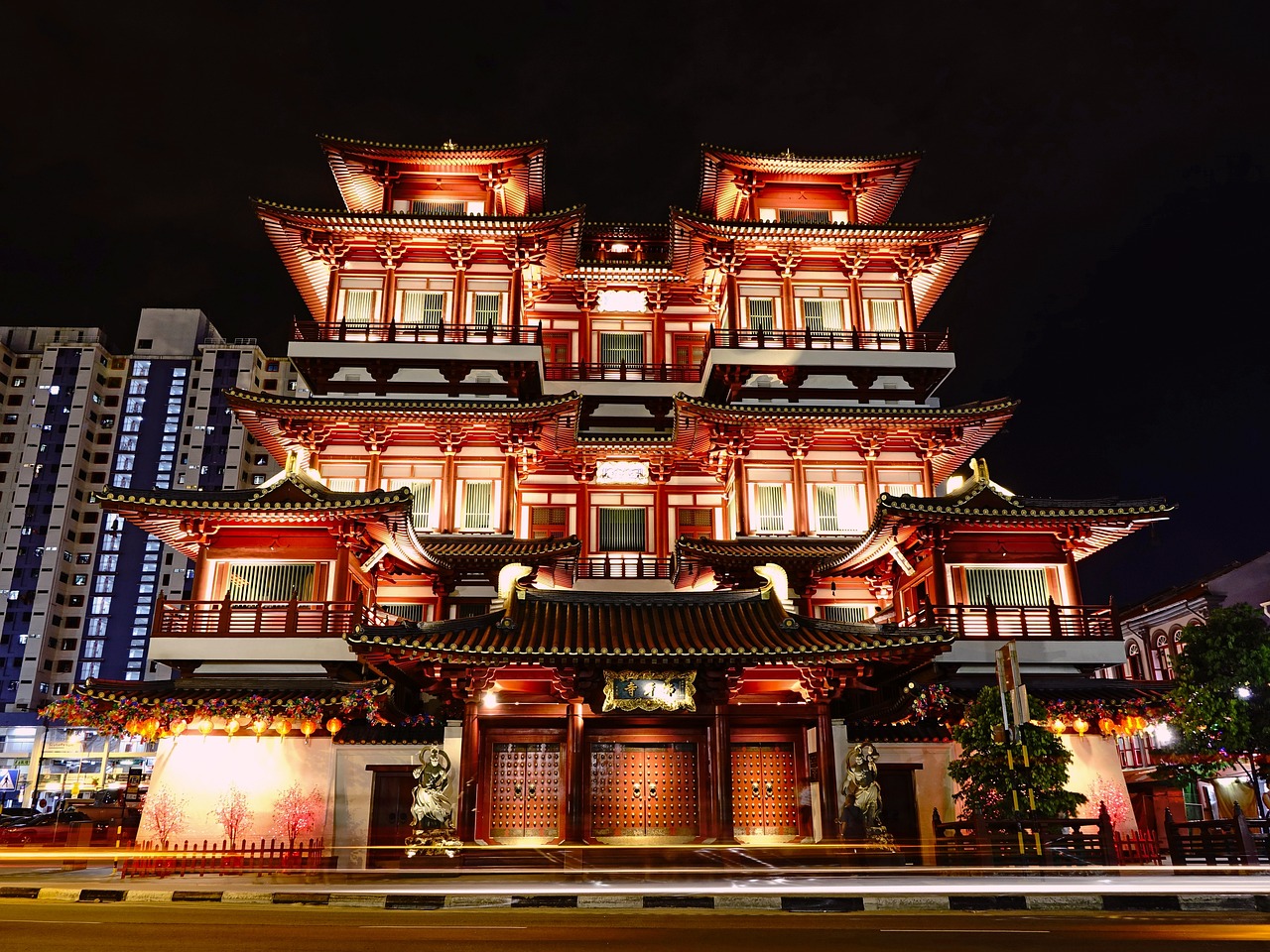
Culinary Delights
- Singapore is renowned for its diverse and delicious food scene, influenced by the various ethnic groups residing in the city-state.
- Hawker centers, such as Maxwell Food Centre and Lau Pa Sat, offer a wide range of affordable local dishes, including Hainanese chicken rice, laksa, and satay.
- Peranakan cuisine, a fusion of Chinese and Malay flavors, is another popular culinary delight in Singapore.
- Visitors can also enjoy fine dining experiences at Michelin-starred restaurants and explore the vibrant cafe culture that has emerged in recent years.
Modern Urban Development
- Singapore’s cultural evolution is not limited to its heritage and traditions; the city-state has also embraced modernity and urban development.
- The iconic Marina Bay Sands, Gardens by the Bay, and Sentosa Island are examples of Singapore’s commitment to creating innovative and sustainable urban spaces.
- The city-state’s skyline is dotted with futuristic skyscrapers, reflecting its status as a global financial hub.
- Singapore’s efficient public transportation system, clean streets, and well-maintained parks are a testament to the city-state’s commitment to quality of life.

Sustainable Development
- Singapore is recognized for its efforts in sustainable development and environmental conservation.
- The city-state actively promotes green initiatives, such as the Singapore Green Plan 2030, which aims to address climate change, enhance biodiversity, and promote sustainable living.
- Green spaces, such as the Singapore Botanic Gardens and Gardens by the Bay, provide residents and visitors with opportunities to connect with nature.
- Singapore’s commitment to sustainability has garnered international recognition, positioning the city-state as a leader in environmental initiatives.
Education and Innovation
- Singapore places a strong emphasis on education and innovation, recognizing them as key drivers of economic growth and societal progress.
- The city-state has established world-class educational institutions, such as the National University of Singapore and Nanyang Technological University.
- Government initiatives, such as the Research, Innovation, and Enterprise 2025 plan, aim to foster a culture of innovation and support research and development in various sectors.
- Singapore’s focus on education and innovation has attracted multinational companies and startups, contributing to its reputation as a global innovation hub.

Tourism and Hospitality
- Singapore’s cultural evolution has also led to the growth of its tourism and hospitality industry.
- The city-state offers a wide range of attractions, including Universal Studios Singapore, the Singapore Zoo, and the Night Safari.
- Luxury hotels, such as Marina Bay Sands and Raffles Hotel, provide visitors with world-class accommodations and a taste of Singapore’s colonial past.
- The Changi Airport, consistently ranked as one of the best airports in the world, serves as a gateway to Southeast Asia and beyond.
Conclusion
The cultural evolution of Singapore is a testament to the city-state’s ability to embrace its diverse heritage while pursuing modernity and sustainability. From its early history as a trading port to its current status as a global metropolis, Singapore continues to evolve, offering a unique blend of traditions, innovation, and multiculturalism. Visitors to Singapore can experience the rich tapestry of cultures, indulge in culinary delights, and admire the city-state’s impressive urban development.
References
- Visit Singapore: www.visitsingapore.com
- National Heritage Board: www.nhb.gov.sg
- Singapore Tourism Board: www.stb.gov.sg
- National Parks Board: www.nparks.gov.sg
- Ministry of Sustainability and the Environment: www.mse.gov.sg
- Urban Redevelopment Authority: www.ura.gov.sg
- Ministry of Education: www.moe.gov.sg
- Enterprise Singapore: www.enterprisesg.gov.sg
- Singapore Economic Development Board: www.edb.gov.sg


